World Fine Art Professionals and their Key-Pieces, 418 - Lea Laarakker
World Fine Art Professionals and their Key-Pieces, 418 – Lea Laarakker
Lea Laarakker is a silk artist. She lived in Thailand for 30 years and brought sericulture back to life in a village in the Northeast of the country. From a textile background, she started working with silk. She made many works of art and exhibited – and still exhibits – all over the world.
I visit Lea in her farmhouse, all the way to the north of Groningen, on the edge of Aduard near the Rietdiep. The farm with the name ‘Het Hool’ on the facade dates from 1675. Some trusses in the farm come from the Abbey of Aduard, founded in 1192. The name Het Hool refers to the somewhat higher location in relation to the surroundings. Het Hool means something like mound.
Studio
She has a spacious studio. We sit at a long table with silk on it. On the left is a very tall bookcase full of textile books, in the corner a large-format computer, next to it a glass cabinet full of small memorabilia. Over a vertical drawing table – the former drawing table of her husband Henk – hangs a work in progress, no less than 12 meters long, and there is also work on the wall by her sisters Wilma and Tiny, whom I interviewed earlier.
Thailand
Lea looks colorful, with blue-red-brown-blond hair. She says: “I came to Thailand in the 1980s because of my first husband’s job. Traveling through the country, in 1986 I came to the Northeast, Isan, in a village known for its sericulture, Ban Rengkhai. The village was empty, I only saw children and the elderly. With my expertise in textiles, I thought ‘we have to do something about this’. I wanted to help rebuild the lost sericulture.”
At that time, nearby, just across the border, the Cambodia war was going on. She arranged some money here and there and so a project was born. Silk culture was revived. She set up a Foundation to guarantee the continuity of the project. In addition, a study project for the children of the village ‘Learning 4 Living’ and ‘Lea Silk’, to market the products. After a few years, 300 weavers and 800 farmers were involved. “They are my inspiration. I use their silk.” She is in contact with them by phone via an app.
Painting silk
It was a process. “The first plain silk cloths looked nice, but I couldn’t sell them. “That can’t be” I thought. Then I started painting them. That’s my lace background.” When she was 19, she started training in the textile industry at a lace factory in the Netherlands. She then ended up in Germany, Switzerland and Milan. In addition, she had learned to identify and research in a five-year professional course. “I am always researching paint and thread. Can I use it? Is it permanent?”
The project received its first Unesco Award for the products and the overall approach, both for the efforts of the local population and for the proper handling of dyes, soil and nature. It didn’t stop there, in the following years the project received another 12 Unesco Awards.
Bathtub
More than 10 years ago she came back to the Netherlands, because of love. “I got to know Henk. He had been living at ‘Het Hool’ for twenty years.” When she got used to her new surroundings, she went back to her silk art. “Silk has many tentacles, it is the strongest natural thread, next comes linen, and then wool. You can do a lot with colors.” There is a bathtub in the back of the garden. There she immerses the fabrics, sometimes for six months, in young walnuts, nettles and Groningen mud, for example.
Behind me hangs a long canvas of 20 meters, with elongated circles. It turns out to be elephant paw prints. “On the occasion of the opening of the first asphalt road in the village. We ran an elephant over the canvas, dipped in watercolor, and steam-fixed the canvas. The proceeds went to the Study Fund.”
The Study Fund has contributed to fewer people leaving the village and many young people returning to the village; some of them have done higher education. For example, there are two young designers from the village in France.
Exhibitions around the world
Lea has participated in exhibitions all over the world. The first exhibition she participated in was in Cairo in 1978. Many more followed, including in Singapore, Berlin, Stavanger, Tokyo and New York. At the moment she is participating in an exhibition in the MOW in Westerwolde with 28 objects, silk worked with water glass.
Philosophy
Finally: does Lea still have a philosophy?
She has. “It is the color and the thread that determines the light.”
Images
1) Portrait Lea, photo Jim Ernst, 2) Lea 2019 1, wall cloth, 3) Lea 2019 1, wall cloth, detail, 4) Lea 2019 1, lamp, 5) collections of silk cloths, 6) the15 of Lea, 7) kah house, 8 – 9), photo Jim Ernst, 10) Lea, MOW, Peulen. All photos by Jim Ernst.
https://www.lea-silk.com/https://www.banrengkhai.com/
https://www.ifthenisnow.eu/nl/verhalen/de-wereld-van-de-groningse-kunstenaar-5-lea-laarakker
Disclaimer: The views, opinions and positions expressed within this guest article are those of the author Walter van Teeffelen alone and do not represent those of the Marbella Marbella website. The accuracy, completeness and validity of any statements made within this article are not guaranteed. We accept no liability for any errors, omissions or representations. The copyright of this content belongs to Walter van Teeffelen and any liability with regards to infringement of intellectual property rights remains with the author.

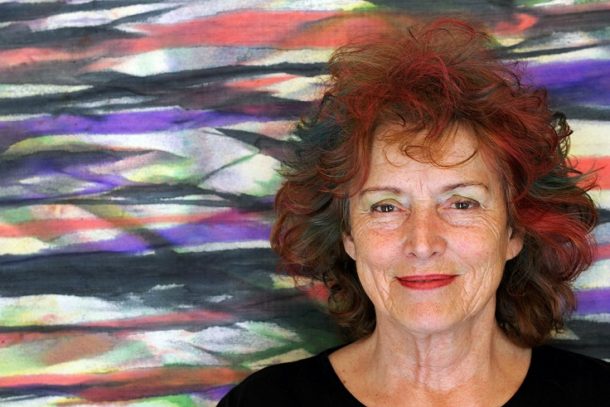

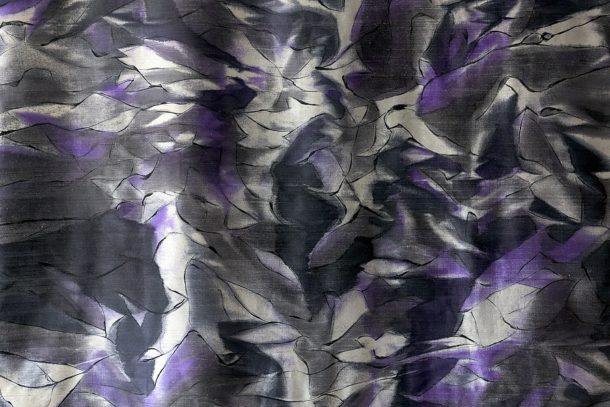

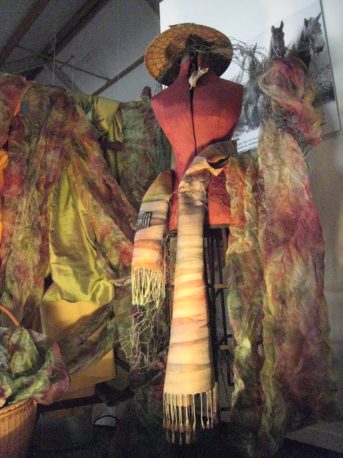
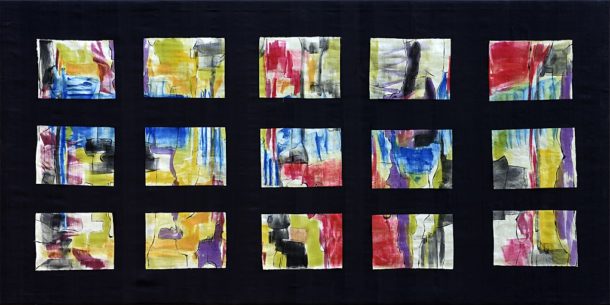
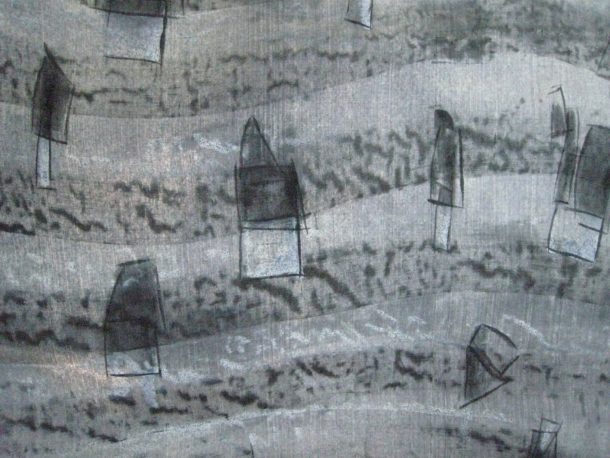
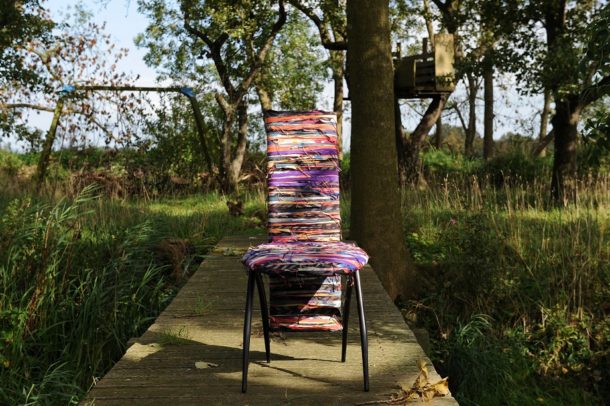
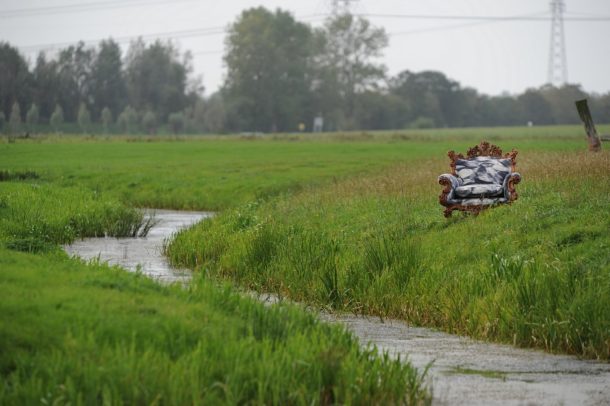















The opinions expressed by individual commentators and contributors do not necessarily constitute this website's position on the particular topic.